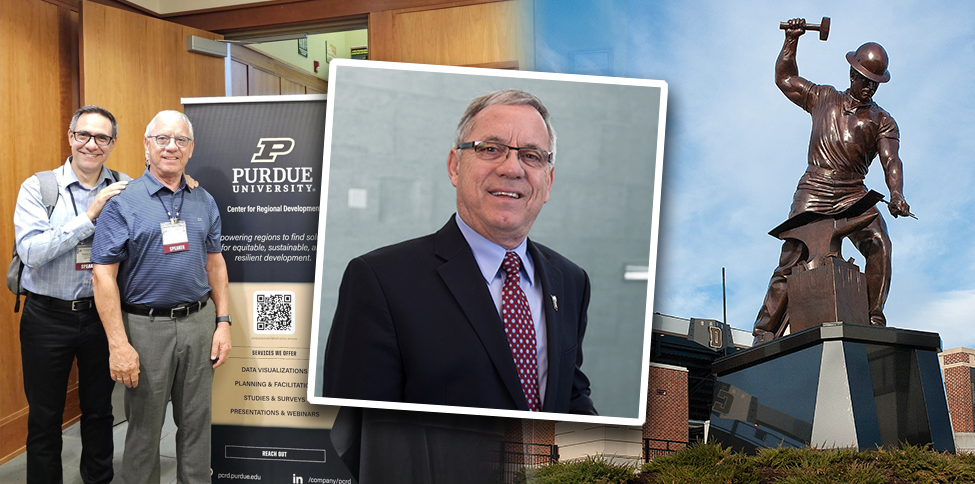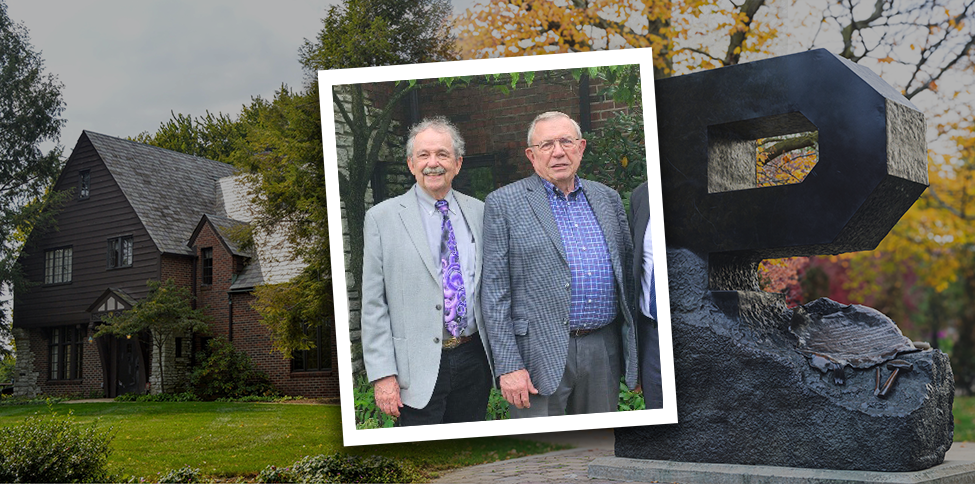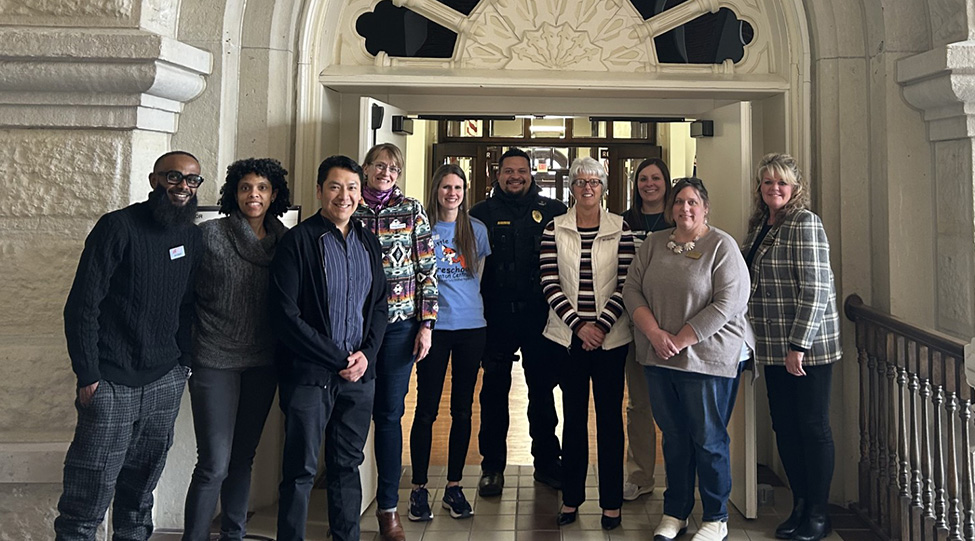Visualization and Insights of Occupational Jobs Postings in Indiana in the Post-Covid-19 Period

May 11, 2023, will be remembered in history because the federal government declared the end of the COVID-19 public health emergency in the U.S. By all means COVID-19 remains a pandemic of epic proportions in recorded history! The pandemic caused a significant impact on the economy. The National Bureau of Economic Research (NBER) officially recognized that COVID-19 caused an economic recession with contraction starting in February 2020 and continuing up to April 2020.1 The Business Cycle Dating Committee of NBER officially determined that the U.S. economic activities had reached the lowest point on April 2020 after the peak observed back in February 2020.2 The pandemic-induced lockdowns and shutdowns brought the economy and society to a halt causing an economic recession for at least a quarter. Though the NBER recognizes that the national-level COVID-19-induced recession lasted for only a two-month period, there were significant regional-level variations in economic shocks and the post-shock recovery.
The general practice is to use unemployment rate, total jobs, gross regional product, employment growth rate, industry sector employment, etc., to track the recovery of the economy. Occupational demand is also a useful indicator providing insights into the skills and talent requirements of a recovering economy. Economic shocks such as a recession can cause structural changes in the regional economies, which may trigger adjustments in the labor market. Occupational demand provides insights into the labor requirements.
This article explores unique jobs postings for different occupations in Indiana during the year 2022. It provides a window to the real-time labor market information and occupational demand as Indiana’s economy recovered from COVID-19. The data are provided by Lightcast, which compiles and processes online jobs postings from 40,000+ jobs dashboards and websites on a daily basis. Unique jobs postings are deduplicated jobs postings and hence is a better assessment of the occupational demand. These data can be described using three variables.
Monthly average unique jobs postings are deduplicated jobs postings for an occupation averaged for the 12 months in year 2022. Higher values for monthly average unique jobs postings mean more demand for that occupation in the region.
Median hourly earning shows the middle-level earning. Fifty percent of workers earn above and 50% earn below the middle-level for a specific occupation. Note that median hourly earnings for a specific occupation can differ by region. For example, a nurse practitioner in Indiana had median hourly earnings of $50.01 in 2022. In Illinois, the same occupation had median hourly earnings of $59.11 in 2022. At the same time, Indiana had a cost-of-living Index of 95.6 whereas Illinois had a cost-of-living Index of 100. The cost-of-living adjustment increases Indiana’s median hourly earnings for nurse practitioners to $52.35, which is still lower by $6.76 per hour than Illinois. This shows that lower cost of living may not always give a comparative advantage.
Median posting duration included median number of days a job advertisement was posted during 2022. For example, retail salesperson had a median posting duration of 29 days from January to December 2022. This meant that 50% of all job postings for retail salespersons were active for more than 29 days during the year 2022. Higher values of median posting duration indicated that employers were having difficulty in hiring the talent and hence, filling the vacancy.
In 2022, retail salespersons (Standard Occupation Classification, SOC 41-2031) had the largest value of 7,318 monthly average unique jobs postings out of 758 occupational types in Indiana. Cardiologists (SOC 29-1216) had the maximum median hourly earnings of $154.09 during that same period. Precision instrument and equipment repairers (SOC 49-9069) had the largest median posting duration of 60 days during that time period.
The median values for monthly average unique jobs postings, median hourly earnings, and median posting duration for 758 occupations in 2022 were 49 postings, $23 per hour, and 31 days, respectively. The entry level education requirement information was added to each occupation and scatter charts were developed to show the occupational distributions in Indiana. The charts use monthly average unique jobs postings in the y-axis; median posting duration in the x-axis; median hourly earnings in bubble size; and entry educational requirements in color. The entry-level educational requirement was exogenous information and it was used to show linear trendlines. The scatter charts are interactive and placing a cursor on a bubble reveals values for different variables of a specific occupation.
The first chart shows the distribution of occupations having monthly average unique job postings below the median value of 49 postings per month. The occupations are spread out across the entire range of the median posting duration from 9 to 60 days. Aerospace engineering and operations technologists and technicians had the minimum monthly average unique posting of two, median posting duration of nine days, and median hourly earnings of $28.42. On the other hand, precision instrument and equipment repairers had monthly average unique posting of one, median posting duration of 60 days, and median hourly earnings of $23.38. First line supervisors of gambling service workers had relatively higher monthly average unique postings and median duration.
As Indiana’s economy recovers post pandemic, there are challenges in filling in positions in different occupations including entertainment industries such as gambling outlets in Indiana. Note that arts, entertainment, and recreation industries (North American Industry Classification System, NAICS-71) were affected by the lockdowns and COVID-19 restrictions of social distancing causing significant impacts to the visitor and tourism activities. The corresponding occupations of arts, design, entertainment, sports and media (SOC-27) were affected because their job conditions require higher physical proximity, and hence higher exposures.3
It is evident from the bubble size that oral and maxillofacial surgeons had the higher median hourly earnings of $143.79 within this group of occupations. The colored trend lines show that the median duration of postings and monthly average unique postings are positively correlated for all educational levels. However, a bachelor’s degree or higher educational attainment level has a higher correlation than other educational levels.
The second chart shows the distributions of occupations having monthly average unique job postings above the median value of 49 postings per month. The occupations are tightly distributed between median duration of 19 and 42 days. Industrial engineers have very high monthly average unique job posting of 993 per month indicating a high demand for industrial engineering new graduates and experienced workers in Indiana. On the other hand, actors have lower monthly average unique jobs postings of 63 per month, but a higher median posting duration of 42 days. In 2022, the post-COVID-19 vacancies for actors are low but they are relatively not easy to fill. Pertaining to median hourly earnings, the general and internal medicine physicians have high median earnings of $146.34 per hour in this group.
The third chart shows the outlier occupations with very high monthly average unique job postings from 1,000 to 8,000 postings per month. There is a tight distribution of occupation between median duration from 22 to 37 days. In Indiana, retail salespersons had the largest monthly average unique job postings of 7,318 per month during the year 2022 as mentioned previously. This means that there was very high demand for retail salespersons as the state economy started recovering with shops and establishments reopening and scaling up their businesses after 2020 and 2021. The trendlines for educational requirements show positive correlations or upward slopes for all educational attainment levels.
As the regional economies in Indiana recover fully from the shadow of COVID-19, such analysis can provide insights into the changing and emerging occupational demands and talent requirements of the employers. The visualizations are developed using the data available from the Lightcast 2022.4 data version and scatter charts were developed in Flourish. The charts are further combined into a storyboard presentation. The processed data are available on request from Purdue Center for Regional Development (PCRD) by emailing at pcrd-web@purdue.edu or calling at 765-494-7273.

Indraneel Kumar is the Director for the Purdue Center for Regional Development (PCRD). Indraneel has been at PCRD since its inception in 2005. He focuses... read more




